Keyword Difficulty Checker
Check the difficulty and competition you’ll face to rank a keyword in the top positions on Google.
A complicated keyword
will require many referring domains to rank.
Linkatomic will help you with your SEO and link-building strategy
🧑🏫 This is how Keyword Difficulty Checker works
When we want to rank content on Google, the first thing we think is: ‘Is this keyword too difficult? Do I have a chance of reaching the first page?’
This is where our Keyword Difficulty Checker comes into play, a very useful tool that allows you to quickly and effectively assess whether it’s worth targeting a keyword or whether it’s better to explore alternative options.
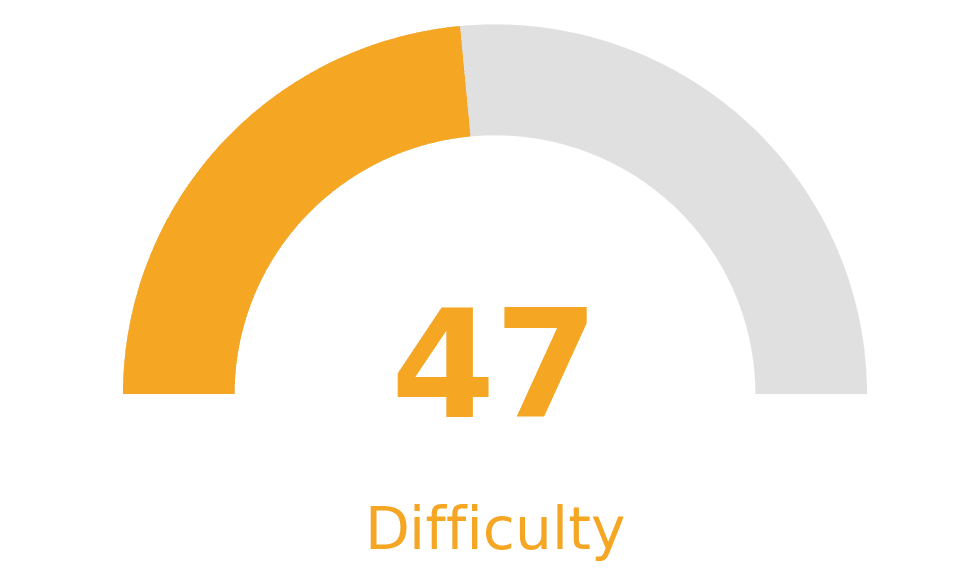
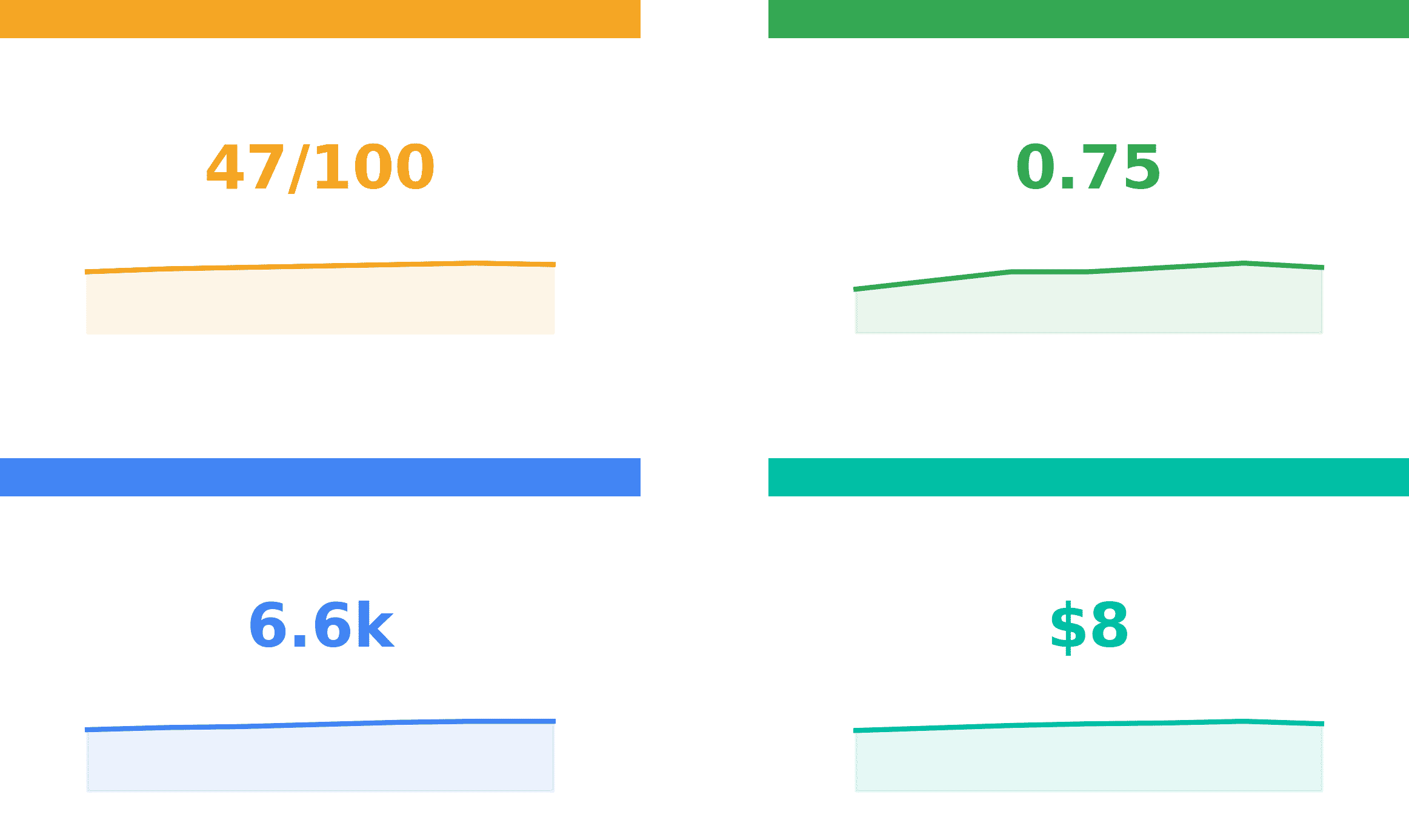
Find out if your keyword is easy or difficult 👌
You can select the country you are targeting, as trying to rank in Spain is not the same as in Mexico or the United States. Remember, each market has its own competition and search volume.
A tool like this not only tells you whether a keyword is easy or hard to rank for, but also offers you 4 key metrics to help you make a far more informed decision, and one that will undoubtedly be the right one.
Keyword difficulty 🏋️
When we talk about difficulty, we must highlight that it’s the main metric. Our tool shows you, on a scale (usually from 0 to 100), how hard it would be to rank that keyword on Google.
- The higher the number, the more competition you’ll face.
- If the difficulty is low, it will be much easier to climb the rankings with well-optimised content.
If we’re talking about low difficulty (for example, between 0 and 30), it’s quite likely you’ll be able to rank, even if your website is new. Of course, if it’s medium (30-60), there’s more competition, but still achievable with good content and a solid SEO strategy. But if it’s high (over 60), you’ll be up against powerful websites with high authority, quality backlinks, and fully optimised content.
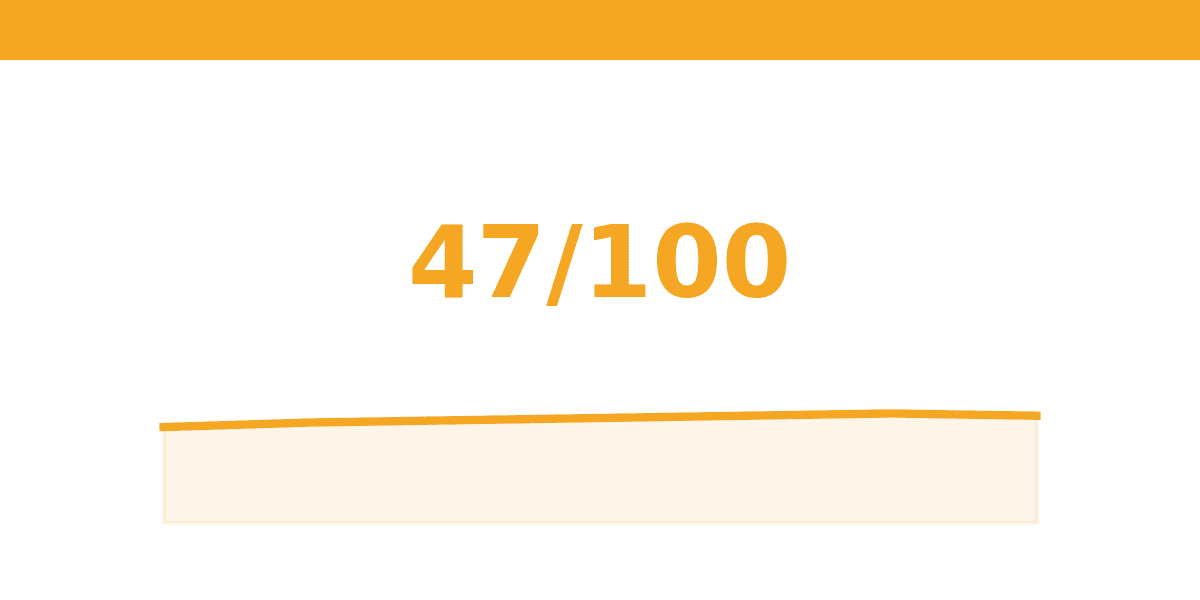

How is it calculated? 🤓
Typically, several factors are analysed:
- The websites are already ranking (domain authority, age, backlinks…).
- The quality and length of existing content.
- The diversity of results (whether there’s a lot of variety or mainly big brands).
So, if your site is just starting out, look for keywords with low or medium difficulty. This way, you’ll have a better chance of attracting visitors quickly. Often, the keywords everyone wants are so competitive that they’re almost impossible for smaller or newer sites. However, there are thousands of keywords with low or medium difficulty that can bring you real traffic if you work on them properly.
Keyword competition 🏁
This metric analyses competition in paid advertising (Google Ads). Without doubt, this is something to consider even if you’re focusing on organic SEO, because it gives you clues about the commercial value of the keyword.
- A high value indicates that many advertisers are investing money in that keyword.
- If it’s low, few advertisers are targeting it.
If many people are paying to advertise there, it’s probably a keyword that generates sales or leads, making it highly attractive.
If you find keywords with medium or low paid competition but decent volume and low SEO difficulty, you may have discovered a real goldmine of quality organic traffic you won’t want to miss.
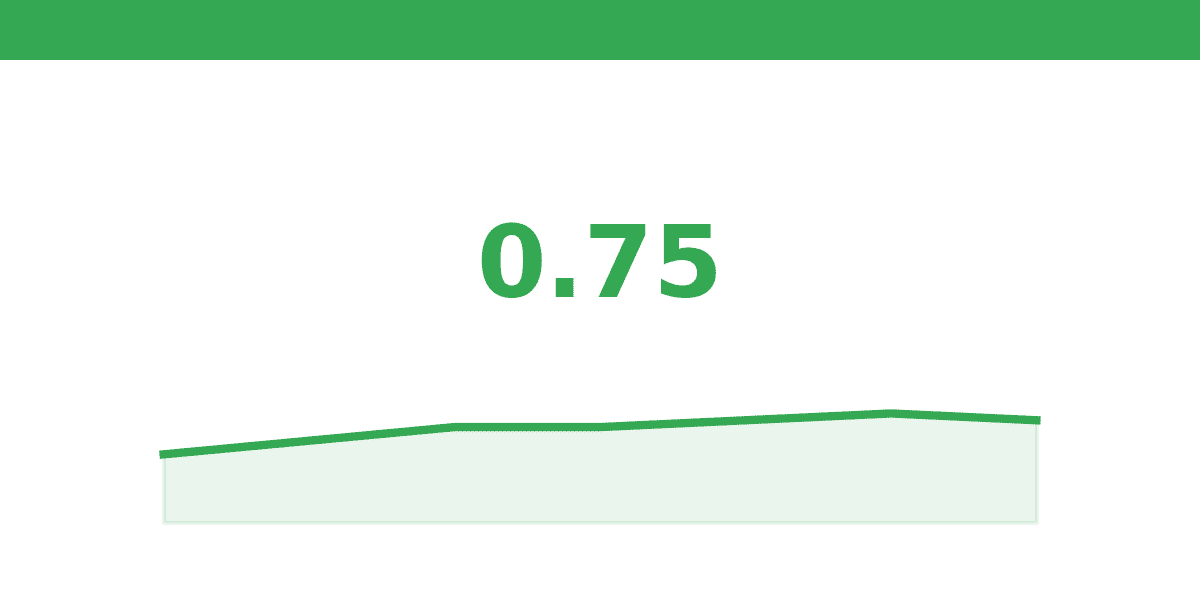
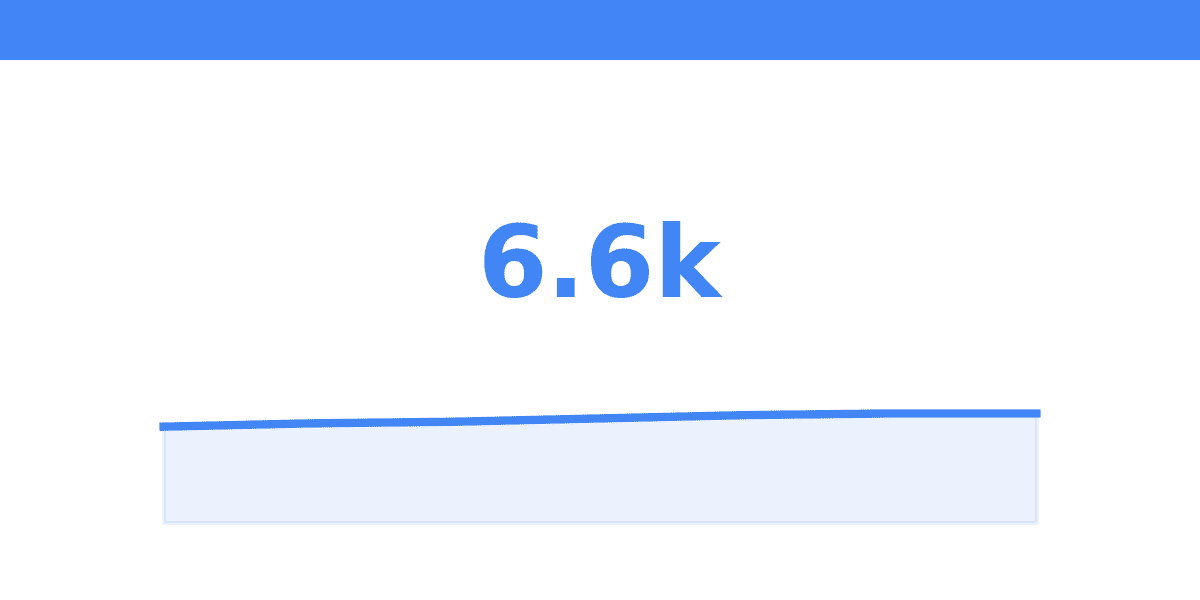
Search volume 🔍
The volume indicates how many people search for that keyword each month in the selected country. That’s why, when we talk about search volume, we refer to one of the easiest metrics to understand, but also one of the most important to consider. Of course, there are always some ‘buts’ to keep in mind, because more volume doesn’t always mean better. This can be explained as follows: the higher the volume, the greater the competition. That’s why, if you’re just starting out, competing for the big keywords can be very challenging. It’s often smarter to target long-tail keywords, longer, more specific searches with lower volume but also lower competition.
- High volumes mean more potential traffic.
- But remember, the most searched keywords also tend to have higher competition.
Difficulty vs. Volume 🤼♂️
Here, it’s crucial to strike a balance between volume and difficulty. Sometimes, it’s better to target many medium or low-volume keywords (long-tail) than to try to rank for one highly searched but almost impossible keyword. The best advice is not to get obsessed with high volume; instead, aim for the balance of reasonable volume, low difficulty, and clear intent.
CPC (Cost per click) 💰
The CPC shows how much advertisers are paying, on average, per click for that keyword on Google Ads.
- A high CPC indicates strong commercial interest. In other words, the chosen keyword has the potential to generate revenue.
- Whereas a low CPC tells us that, although there may be searches, there’s usually not much direct business behind it.
It’s another key point to consider, as CPC gives you a very clear idea of the economic value of the keyword. If your website monetises through affiliate marketing, leads, services or sales, high CPC keywords can bring you highly profitable traffic. On the other hand, it also allows you to prioritise content not only based on visits but on potential income.


4 key metrics for a winning SEO strategy 🏆
As you can see, Keyword Difficulty Checker not only tells you whether a keyword is easy or hard to rank for. It gives you a complete overview to help you make the best decisions based on:
- Difficulty: Can I rank?
- Competition: How much business is behind it?
- Volume: Is the potential traffic worth it?
- CPC: What is the financial value of this search?
If you combine these four metrics well, as we’ve explained, you’ll be able to create a far more efficient SEO strategy with the optimal results to grow your website.